ONLINE VACATION
TYPES OF FLOWERS
3/20/14

Hi Everyone. Since we were looking at different flower gardens
yesterday, lets check out some different species of flowers. I
hope you enjoy this page.
~Marsha~

UNITED STATES STATE FLOWERS
CAMELLIA
STATE FLOWER FOR ALABAMA
SHRUB ~ HEIGHT 3 TO 15 FEET ~ SPREADS 10 TO 15 FEET ~ ZONES 7, 8 & 9 ~
FULL SUN TO PART SHADE LIGHT ~ MEDIUM MOISTURE ~ MODERATE MAINTENANCE
 <>
<>

OAK-LEAF HYDRANGEA
STATE WILDFLOWER FOR ALABAMA
SHRUB ~ HEIGHT 3 TO 10 FEET ~ SPREADS 6 TO 10 FEET ~
ZONES 5, 6, 7, 8 & 9 ~ GROWTH PACE IS MODERATE ~ FULL SUN TO PART SHADE
MEDIUM MOISTURE ~ LOW MAINTENANCE
 <>
<>

FORGET-ME-NOT
STATE FLOWER FOR ALASKA
PERENNIAL ~ HEIGHT 6 TO 12 INCHES ~ SPREAD 6 TO 12 INCHES ~
ZONES 5, 6, 7, 8, & 9 ~ FULL SUN ONLY ~ MEDIUM MOISTURE
 <>
<>

SAGUARO CACTUS BLOSSOM
STATE FLOWER FOR ARIZONA
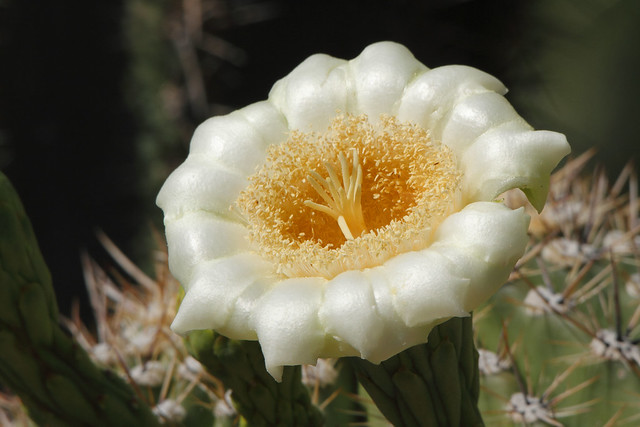 <>
<>
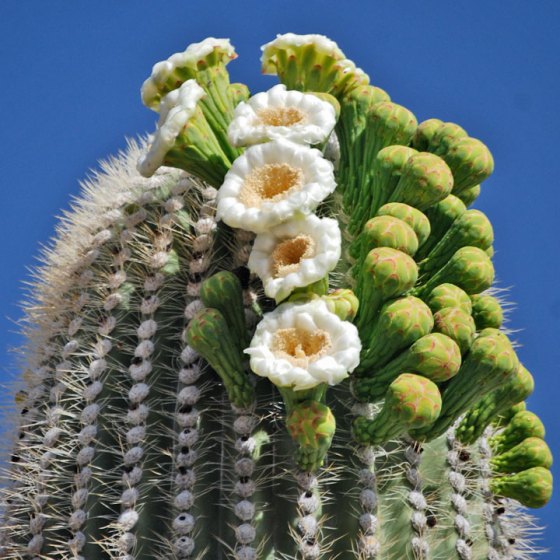
APPLE BLOSSOM
STATE FLOWER FOR ARKANSAS AND MICHIGAN
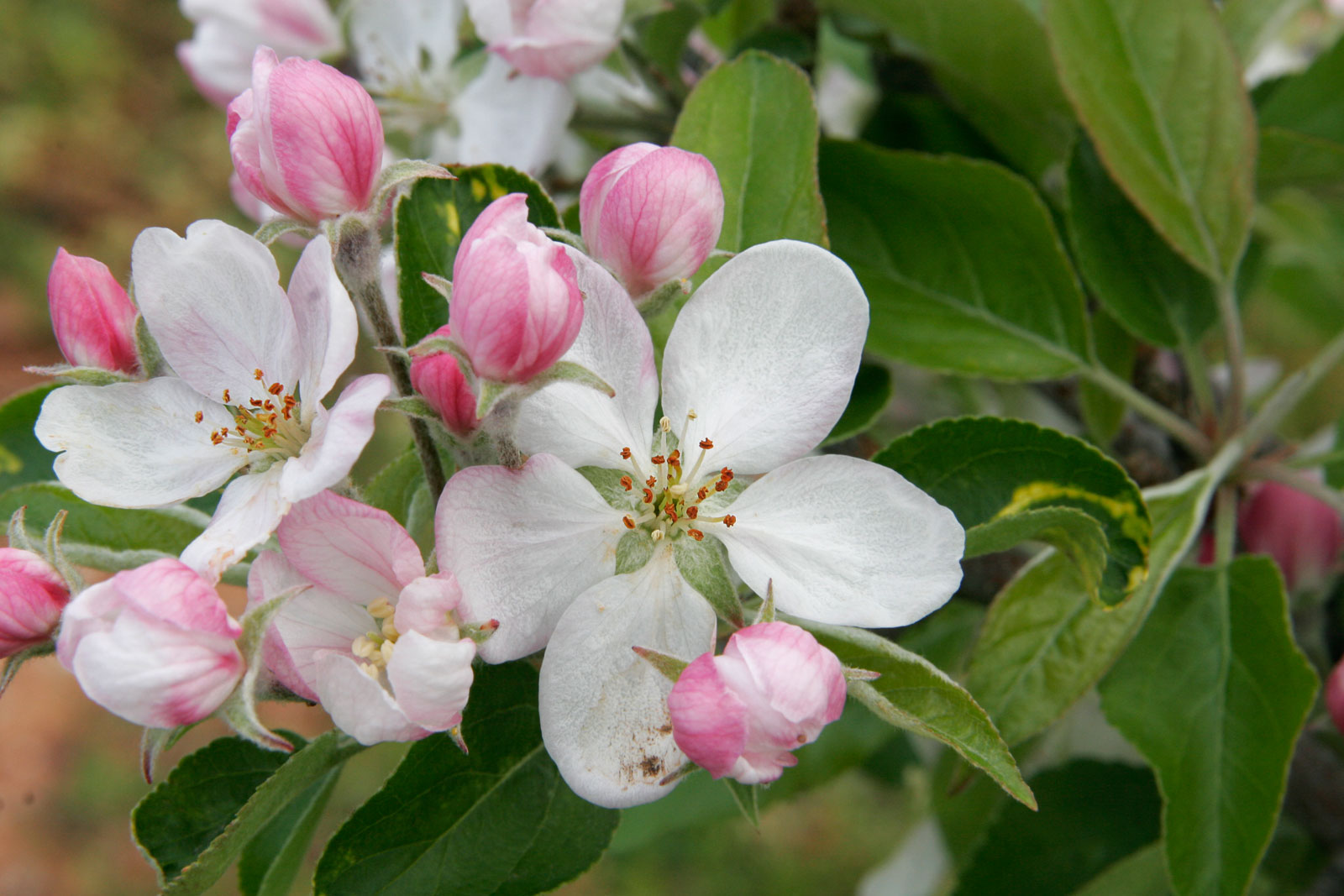 <>
<>

CALIFORNIA POPPY
STATE FLOWER FOR CALIFORNIA
ANNUAL ~ HEIGHT 6 TO 12 INCHES ~ SPREADS 6 TO 12 INCHES ~ FAST GROWER ~
FULL SUN ONLY ~ DRY TO MEDIUM MOISTURE ~ LOW MAINTENANCE
 <>
<>

ROCKY MOUNTAIN COLUMBINE
STATE FLOWER FOR COLORADO
 <>
<>

MOUNTAIN LAUREL
STATE FLOWER FOR CONNECTICUT AND PENNSYLVANIA
SHRUB ~ HEIGHT 8 TO 20 FEET ~ SPREAD TO 12 FEET ~ ZONES 5, 6, 7, 8 & 9 ~
PART SUN
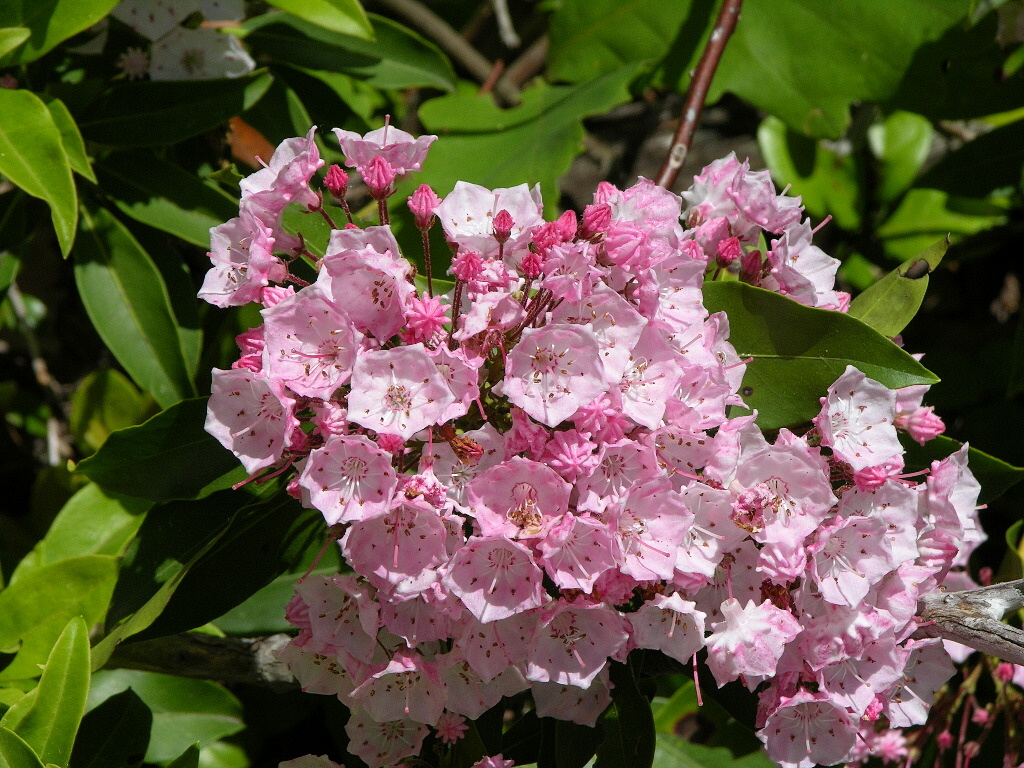 <>
<>

PEACH BLOSSOM
STATE FLOWER FOR DELAWARE
 <>
<>

ORANGE BLOSSOM
STATE FLOWER FOR FLORIDA
 <>
<>

CHEROKEE ROSE
STATE FLOWER FOR GEORGIA
INVASIVE EVERGREN CLIMBING SHRUB ~ HEIGHT 16 TO 33 FEET ~
FLOWER STEM VERY BRISTLY
 <>
<>
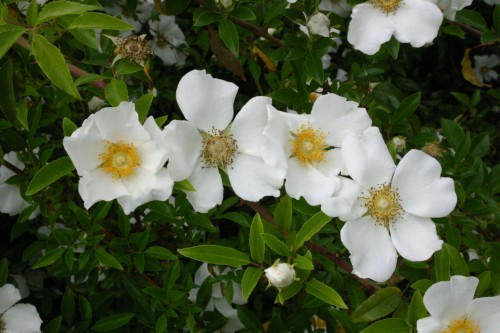
AZALEA
STATE WILDFLOWER FOR GEORGIA
SHRUB ~ HEIGHT 8 TO 20 FEET ~ SPREAD TO 25 FEET ~ PART SUN, SHADE ~
ZONES 3, 4, 5, 6, 7, 8, & 9
 <>
<>

HAWAIIAN HIBISCUS
STATE FLOWER FOR HAWAII
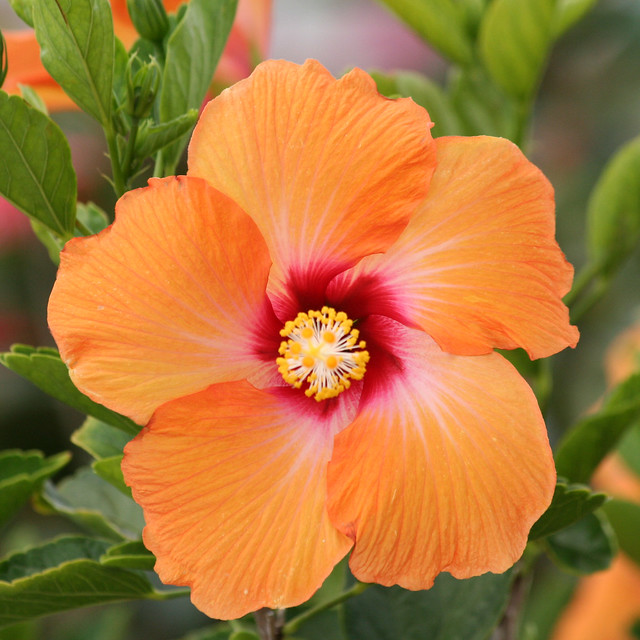 <>
<>

SYRINGA MOCK ORANGE
STATE FLOWER FOR IDAHO
DEDICUOUS SHRUB ~ FULL TO PARTIAL SUN ~ DROUGHT TOLERANT
 <>
<>

VIOLET
STATE FLOWER FOR ILLINOIS, NEW JERSEY, RHODE ISLAND AND WISCONSIN
PERENNIAL ~ HEIGHT UNDER 6 INCHES ~ WIDTH ABOUT 6 INCHES ~ PART SUN ~
ZONES 2, 3, 4, 5, 6, 7, 8, 9,10 & 11
 <>
<>

PEONY
STATE FLOWER FOR INDIANA
PERENNIAL ~ HEIGHT 1 TO 3 FEET ~ WIDTH 2 TO 3 1/2 FEET ~ PART SUN ~
ZONES 3, 4, 5, 6, 7, & 8
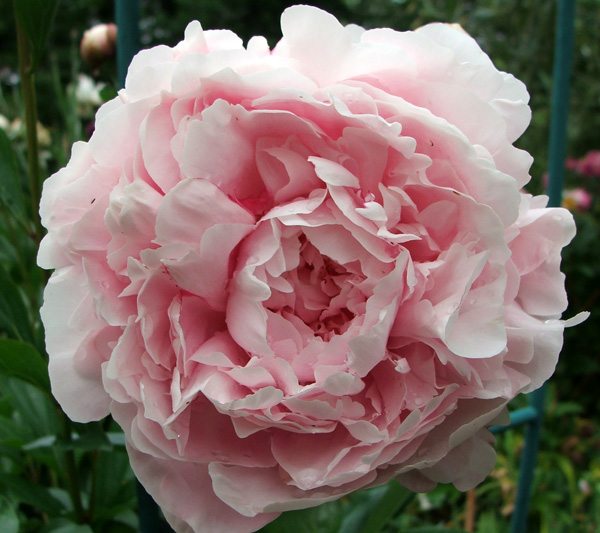 <>
<>

WILD PRAIRIE ROSE
STATE FLOWER FOR IOWA AND NORTH DAKOTA
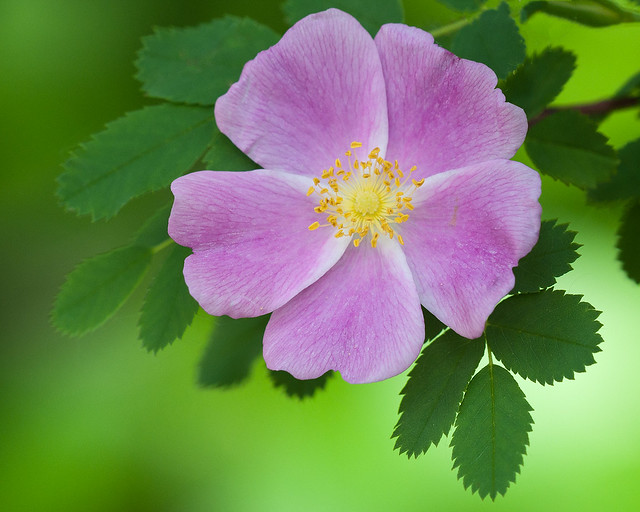 <>
<>

SUNFLOWER
STATE FLOWER FOR KANSAS
ANNUALS ~ HEIGHT 10 TO 15 FEET ~ SPREAD 1 TO 3 FEET ~ FULL SUN ONLY ~
MEDIUM MOISTURE ~ MODERATE MAINTENANCE
 <>
<>

GOLDENROD
STATE FLOWER FOR KENTUCKY AND NEBRASKA,
STATE WILDFLOWER FOR SOUTH CAROLINA
PERENNIAL ~ HEIGHT UNDER 6 INCHES TO 8 FEET ~ WIDTH 6 INCHES TO 3 FEET ~
ZONES 4, 5, 7, 8 & 9 ~ PART SUN & SHADE
 <>
<>
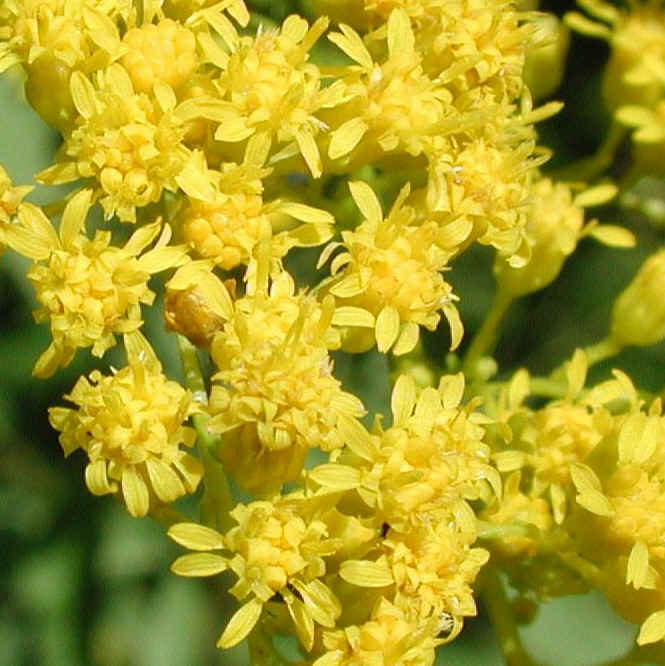
MAGNOLIA
STATE FLOWER FOR LOUISIANA AND MISSISSIPPI
TREE ~ HEIGHT 8 TO 20 FEET ~ WIDTH TO 50 FEET ~ SUN ~
ZONES 5, 6, 7, 8, & 9
 <>
<>

LOUISIANA IRIS
STATE WILDFLOWER FOR LOUISIANA
 <>
<>

WHITE PINECONE AND TASSEL
STATE FLOWER FOR MAINE
 <>
<>

BLACK-EYED SUSAN
STATE FLOWER FOR MARYLAND
ANNUAL ~ HEIGHT 12 TO 39 INCHES ~ WIDTH 12 TO 18 INCHES
 <>
<>

MAYFLOWER
STATE FLOWER FOR MASSACHUSETTS
 <>
<>

DWARF LAKE IRIS
STATE WILDFLOWER FOR MICHIGAN
 <>
<>

PINK AND WHITE LADY'S SLIPPER
STATE FLOWER FOR MINNESOTA
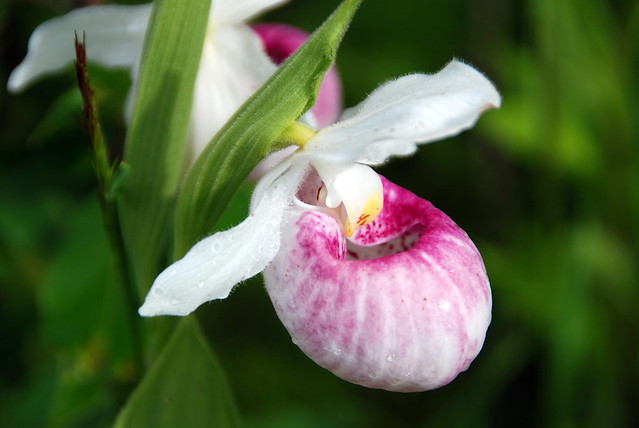 <>
<>

TICKLEWEED
STATE WILDFLOWER FOR MISSISSIPPI
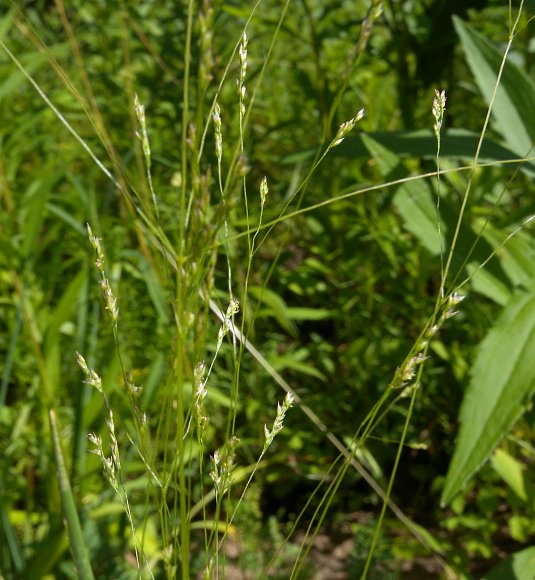 <>
<>
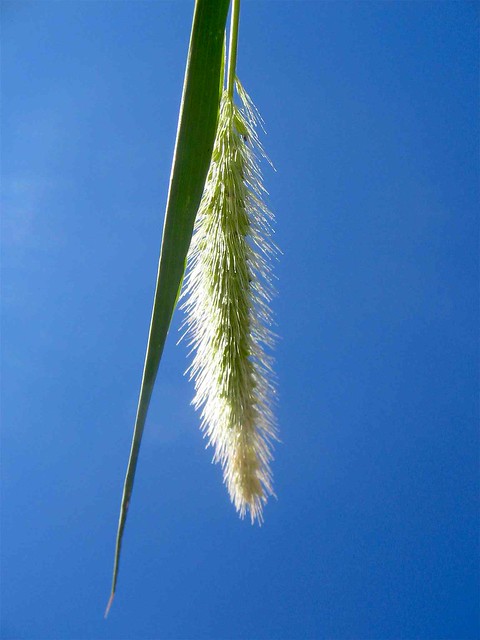
HAWTHORN
STATE FLOWER FOR MISSOURI
SHRUB
 <>
<>
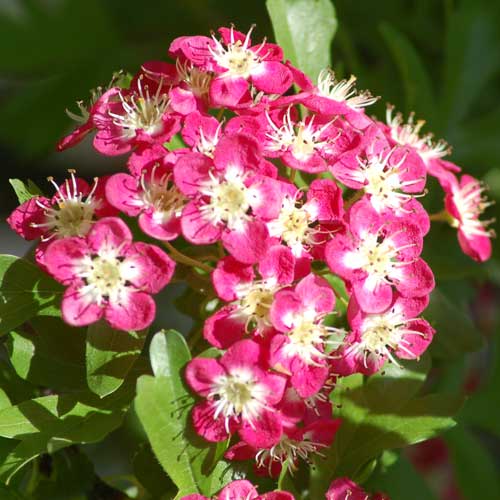
BITTERROOT
STATE FLOWER FOR MONTANA
SMALL LOW PLANT
 <>
<>

SAGEBRUSH
STATE FLOWER FOR NEVADA
SHRUB
 <>
<>

PURPLE LILAC
STATE FLOWER FOR NEW HAMPSHIRE
DECIDUOUS SHRUB ~ CAN SURVIVE SEVERELY COLD WINTERS
 <>
<>

YUCCA FLOWER
STATE FLOWER FOR NEW MEXICO
PERENNIAL ~ HEIGHT 1 TO 3 FEET ~ WIDTH 4 TO 6 FEET ~ SUN ~
ZONES 4, 5, 6, 7, 8, 9, 10 & 11
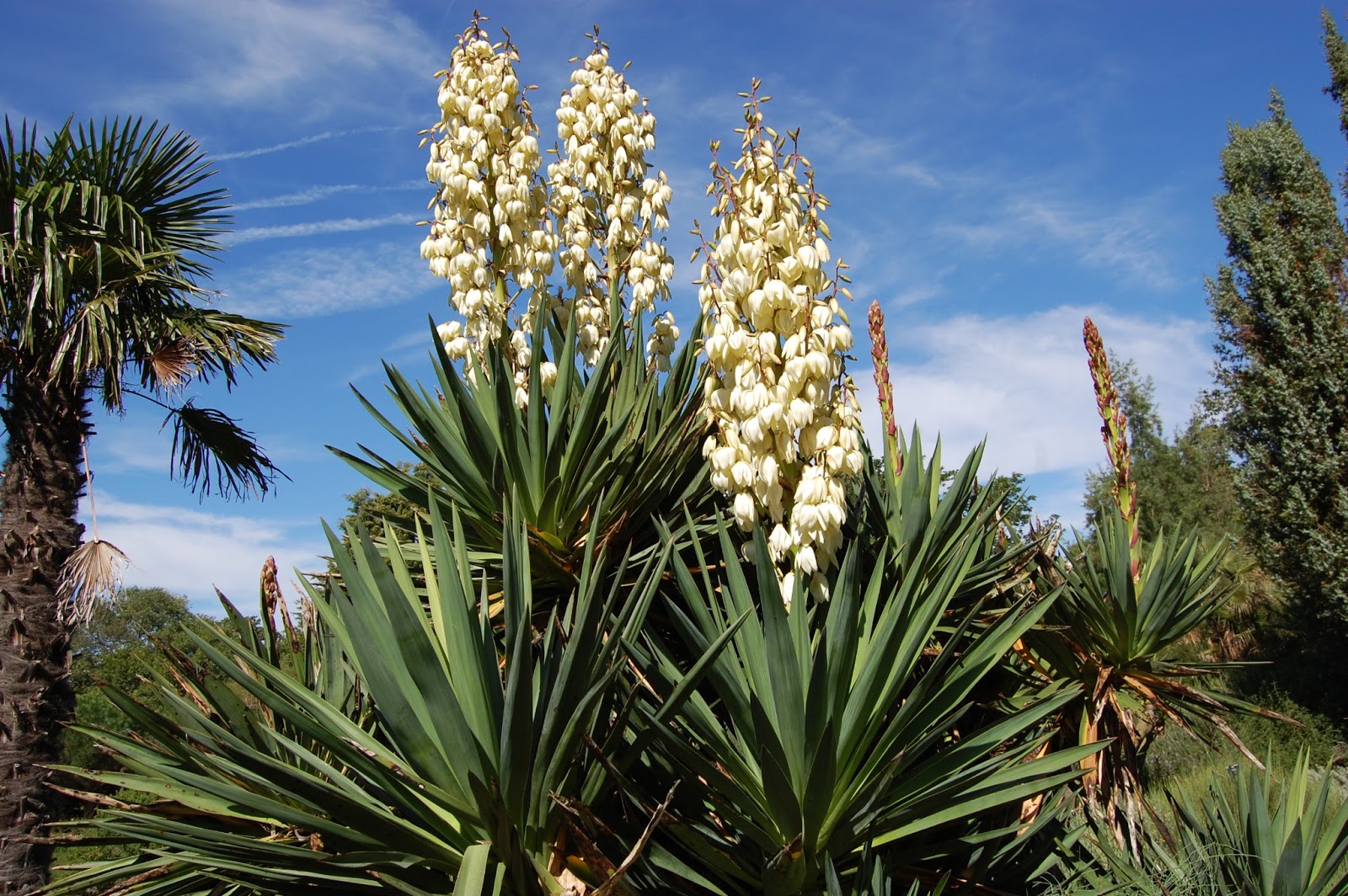 <>
<>

ROSE
STATE FLOWER FOR NEW YORK
SHRUB
 <>
<>
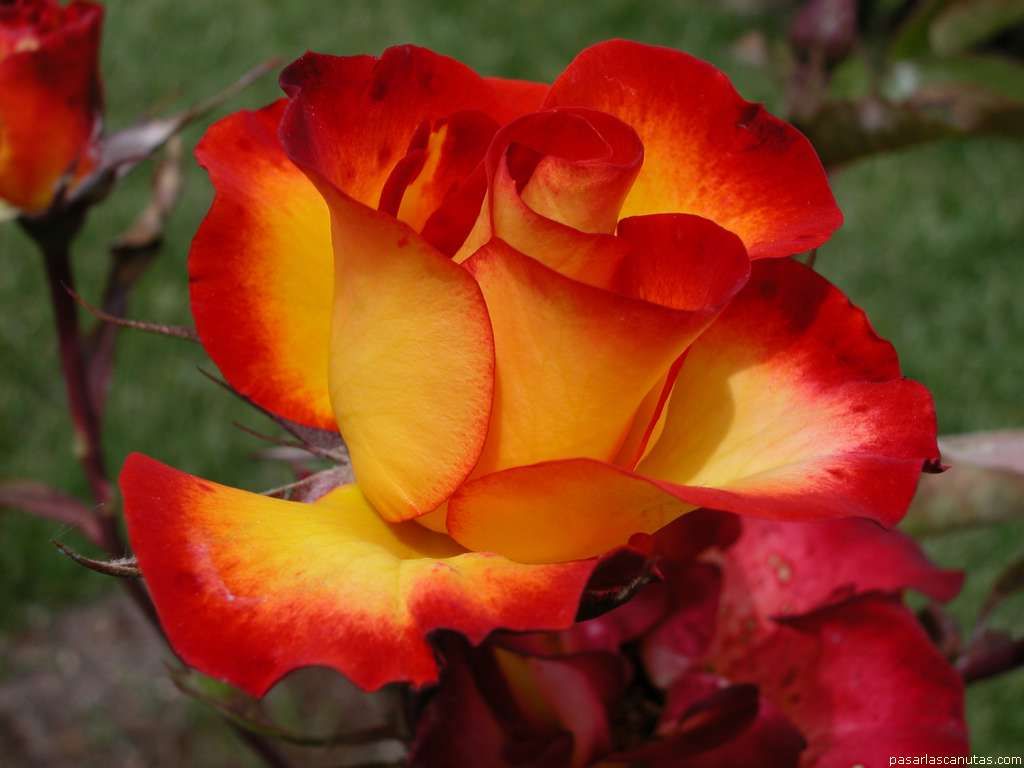
FLOWERING DOGWOOD
STATE FLOWER FOR NORTH CAROLINA
TREE ~ HEIGHT 15 TO 30 FEET ~ SPREAD 15 TO 30 FEET ~ MEDIUM MOISTURE ~
FULL SUN OR PART SHADE ~ ZONES 5, 6, 7, & 8 ~ MODERATE MAINTENANCE
 <>
<>

SCARLET CARNATION
STATE FLOWER FOR OHIO
PERENNIAL
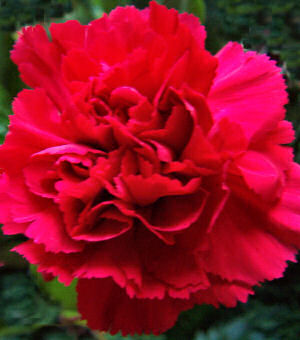 <>
<>
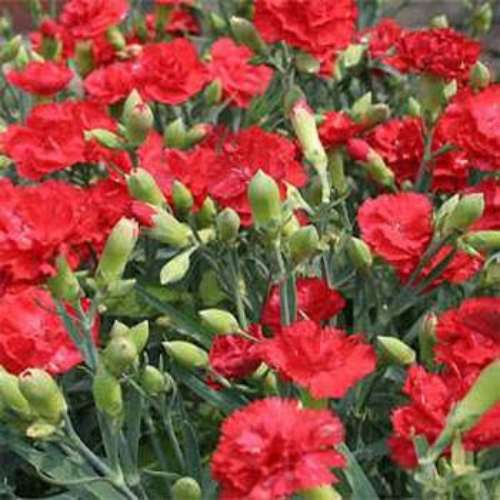
LARGE WHITE TRILLIUM
STATE WILDFLOWER FOR OHIO
PERENNIAL ~ HEIGHT 6 TO 12 INCHES
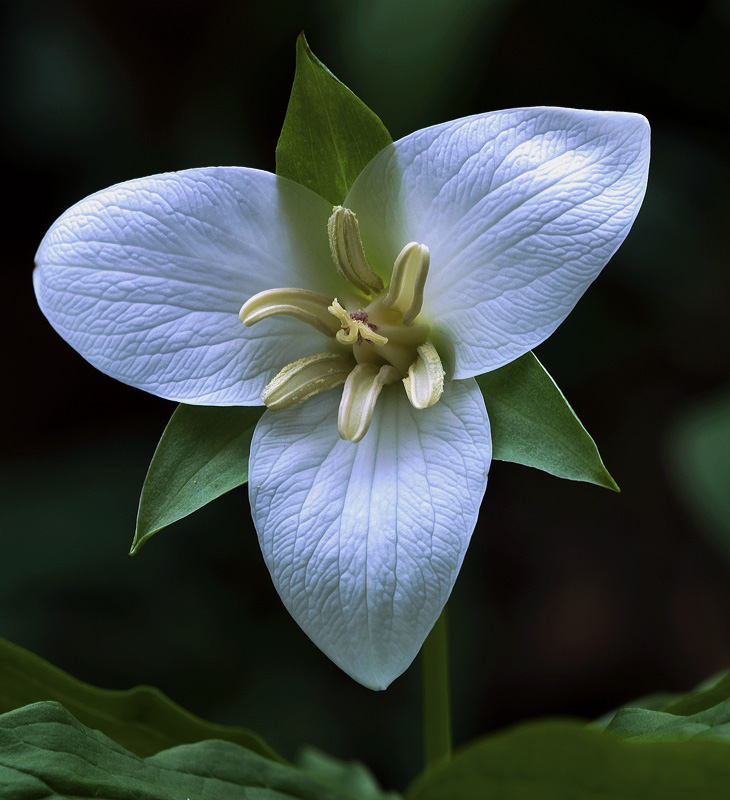 <>
<>

MISTLETOE
STATE FLORAL EMBLEM FOR OKLAHOMA
 <>
<>
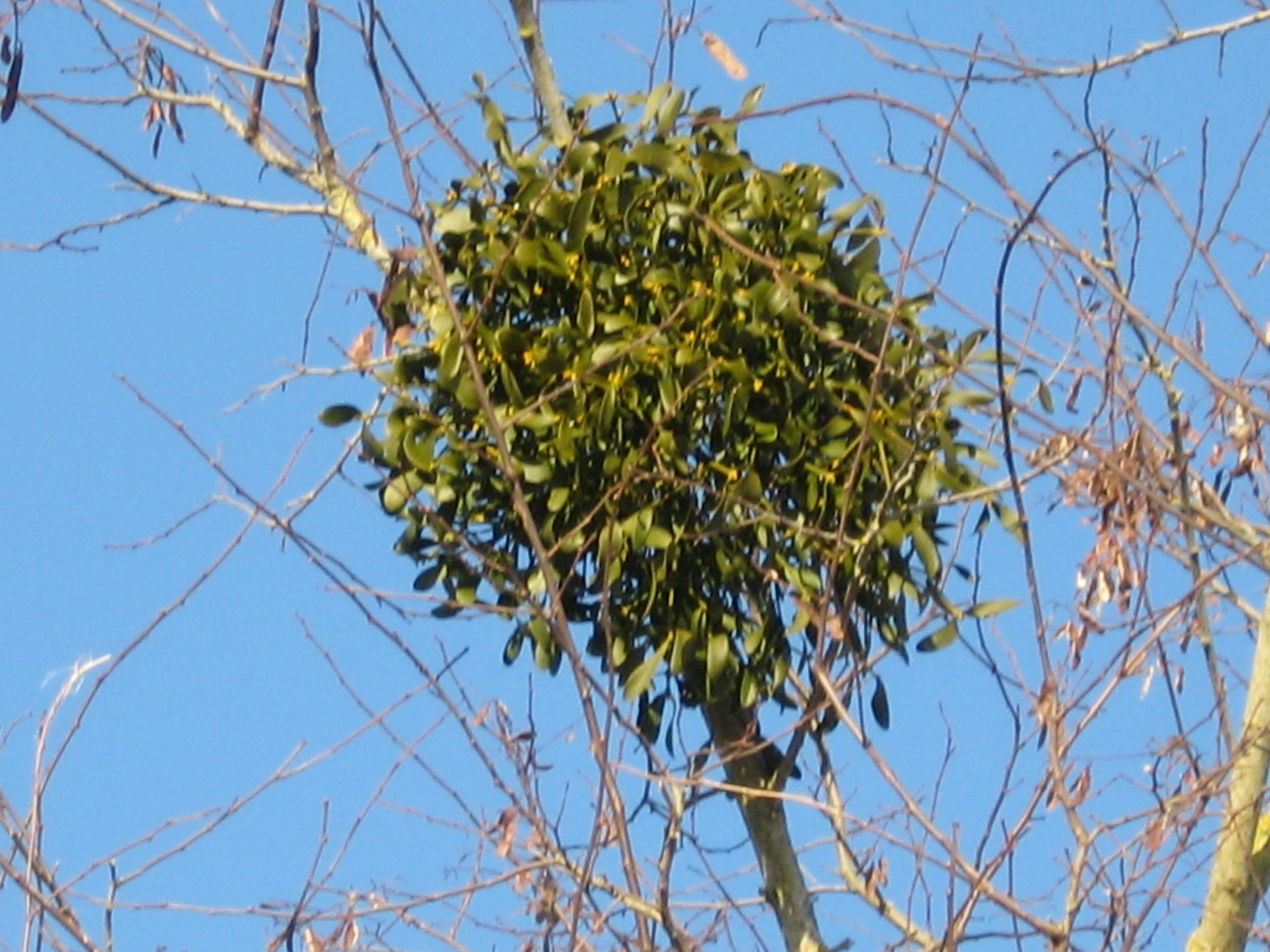
INDIAN BLANKET
STATE WILDFLOWER FOR OKLAHOMA
PERENNIAL ~ HEIGHT 1 TO 3 FEET ~ WIDTH 6 INCHES TO 2 FEET ~ SUN
ZONES 3, 4, 5, 6, 7, 8, 9, 10, 11
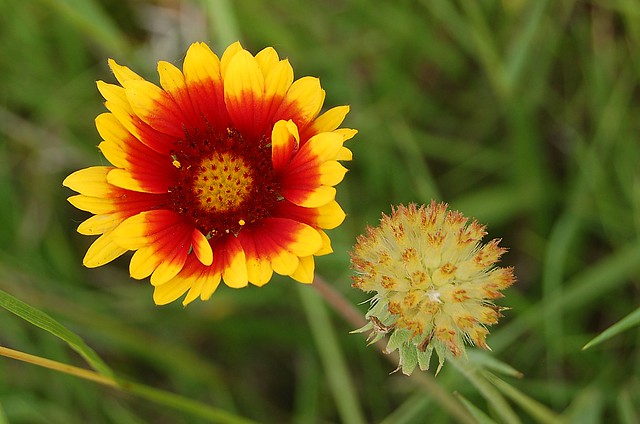 <>
<>

OREGON GRAPE
STATE FLOWER FOR OREGON
EVERGREEN SHRUB ~ HEIGHT TO 8 FEET
 <>
<>

PENNGIFT CROWN VETCH
STATE WILDFLOWER FOR PENNSYLVANIA
PERENNIAL ~ GROUND COVER
 <>
<>

YELLOW JESSAMINE
STATE FLOWER FOR SOUTH CAROLINA
FLOWERING VINE ~ WARM CLIMATE
 <>
<>
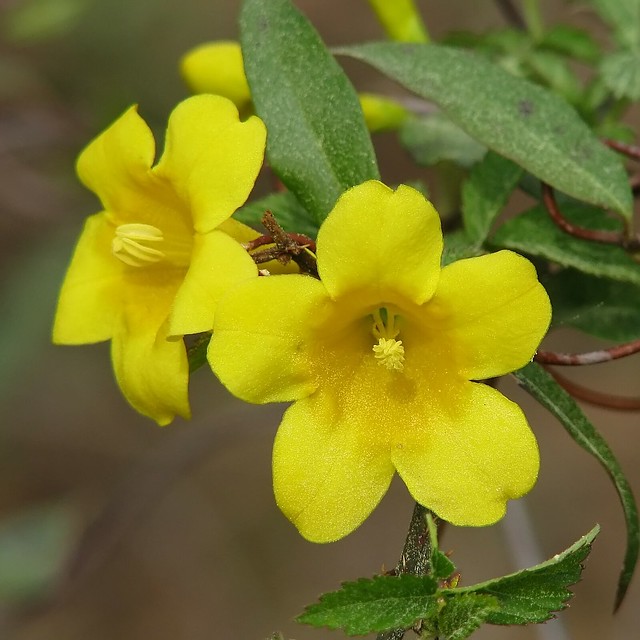
PASQUE FLOWER
STATE FLOWER FOR SOUTH DAKOTA
PERENNIAL ~ HEIGHT LESS THAN 6 INCHES ~ SPREAD 6 TO 12 INCHES ~
ZONES 5, 6, & 7 ~ MODERATE GROWER ~ MODERATE MOISTURE ~ FULL SUN
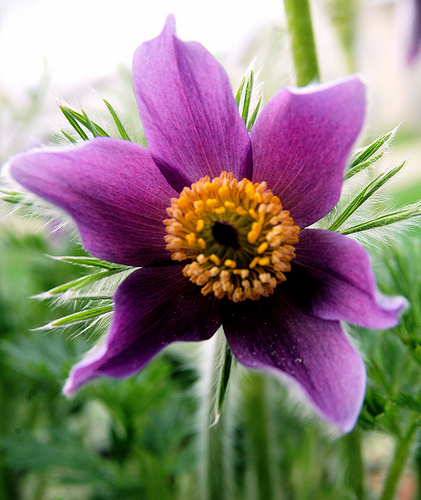 <>
<>

IRIS
STATE FLOWER FOR TENNESSEE
PERENNIAL ~ HEIGHT 6 INCHES TO 3 FEET ~ WIDTH 6 INCHES TO 2 FEET ~
ZONES 3, 4, 5, 6, 7, 8, & 9 ~ SUN
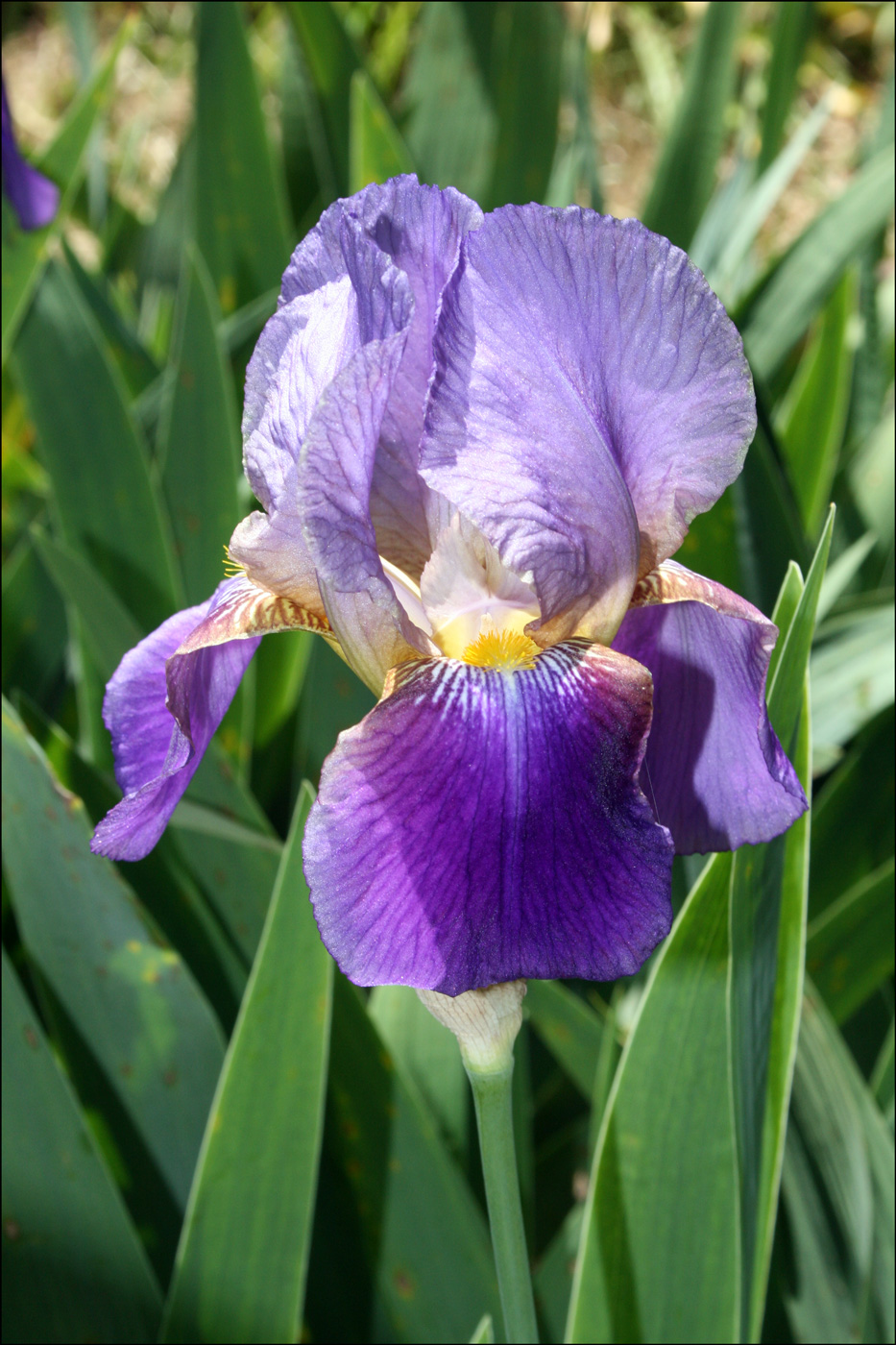 <>
<>

PURPLE PASSIONFLOWER
STATE WILDFLOWER FOR TENNESSEE
FAST GROWING PERENNIAL VINE
 <>
<>

BLUEBONNET SP
STATE FLOWER FOR TEXAS
 <>
<>

SEGO LILY
STATE FLOWER FOR UTAH
 <>
<>
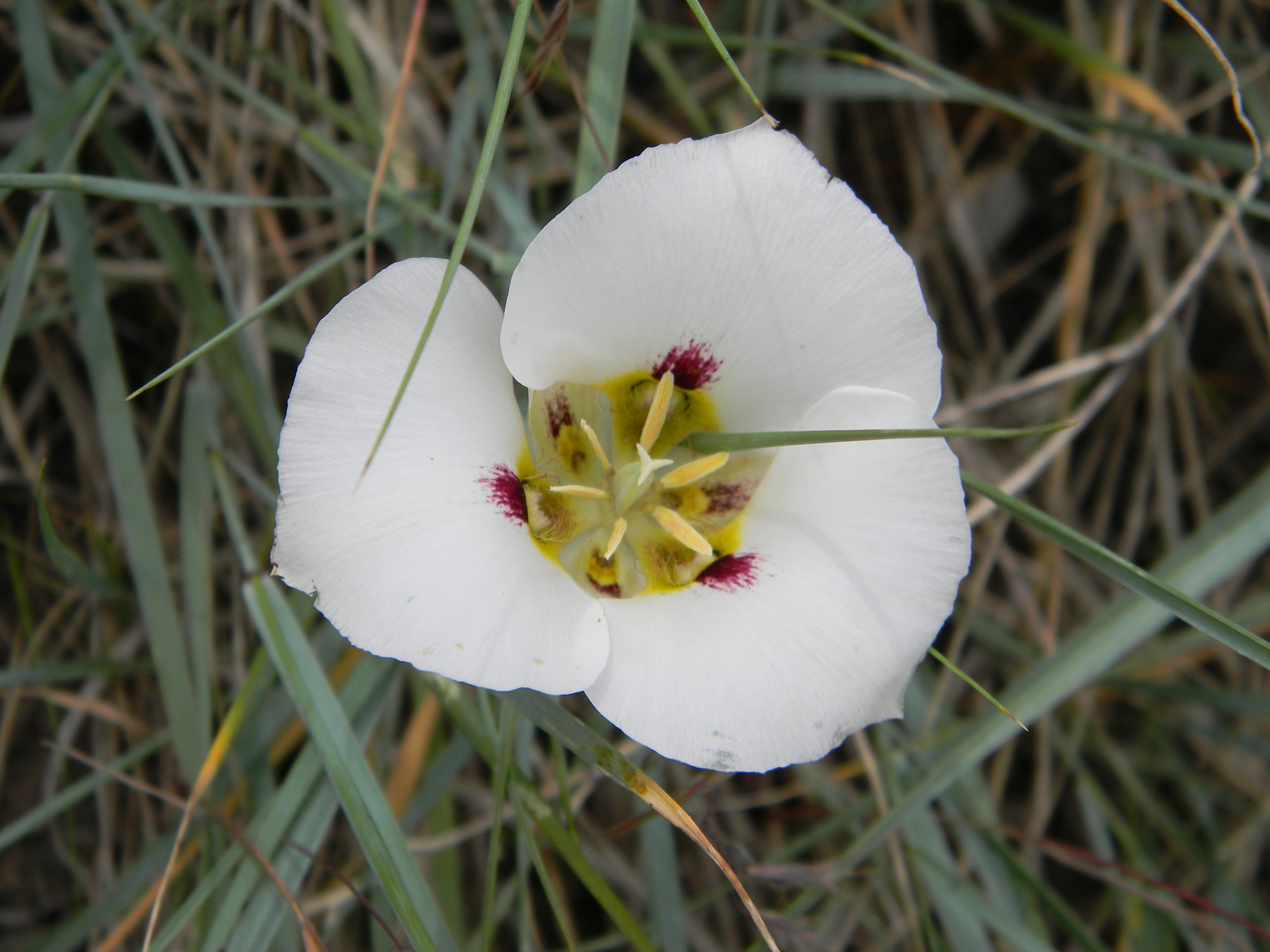
RED CLOVER
STATE FLOWER FOR VERMONT
PERENNIAL ~ GROUND COVER
 <>
<>

AMERICAN DOGWOOD
STATE FLOWER FOR VIRGINIA
FLOWERING TREE
 <>
<>

COAST RHODODENDRON
STATE FLOWER FOR WASHINGTON
EVERGREEN SHRUB
 <>
<>

RHODODENDRON
STATE FLOWER FOR WEST VIRGINIA
SHRUB ~ HEIGHT 8 TO 20 FEET ~ WIDTH TO 25 FEET ~ PART SUN
ZONES 3, 4, 5, 6, 7, 8, & 9
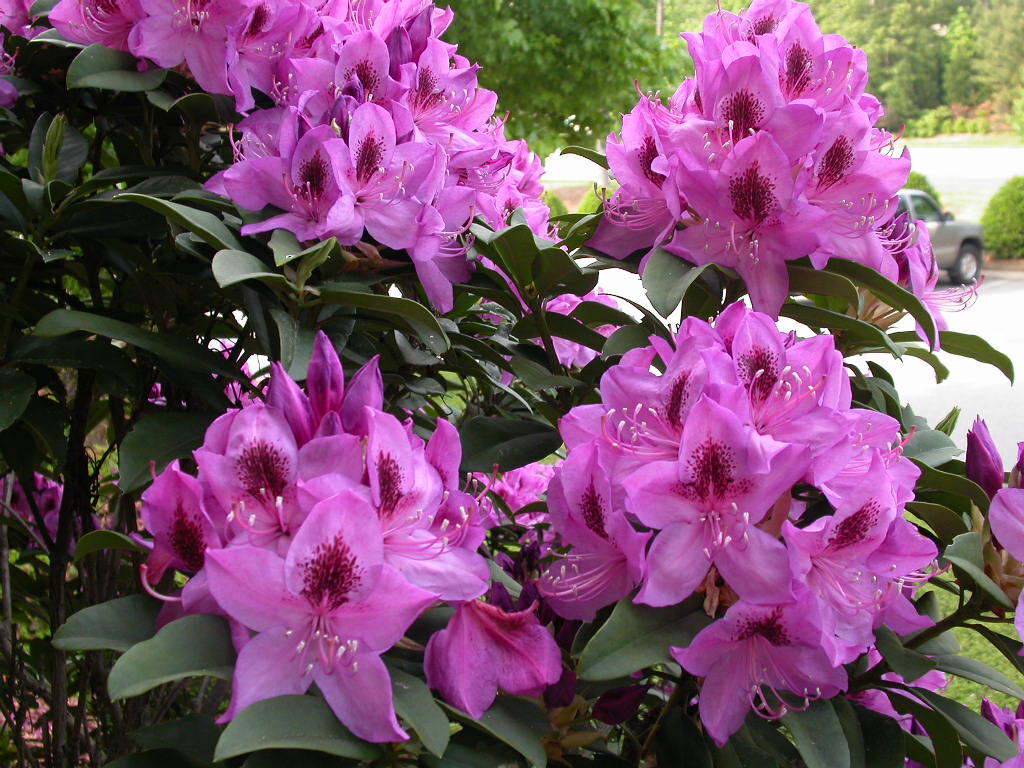 <>
<>

INDIAN PAINTBRUSH
STATE FLOWER FOR WYOMING
PERENNIAL ~ HEIGHT UNDER 6 INCHES ~ WIDTH TO 1 FOOT ~ PART SUN
ZONES 4, 5, 6, & 7
 <>
<>
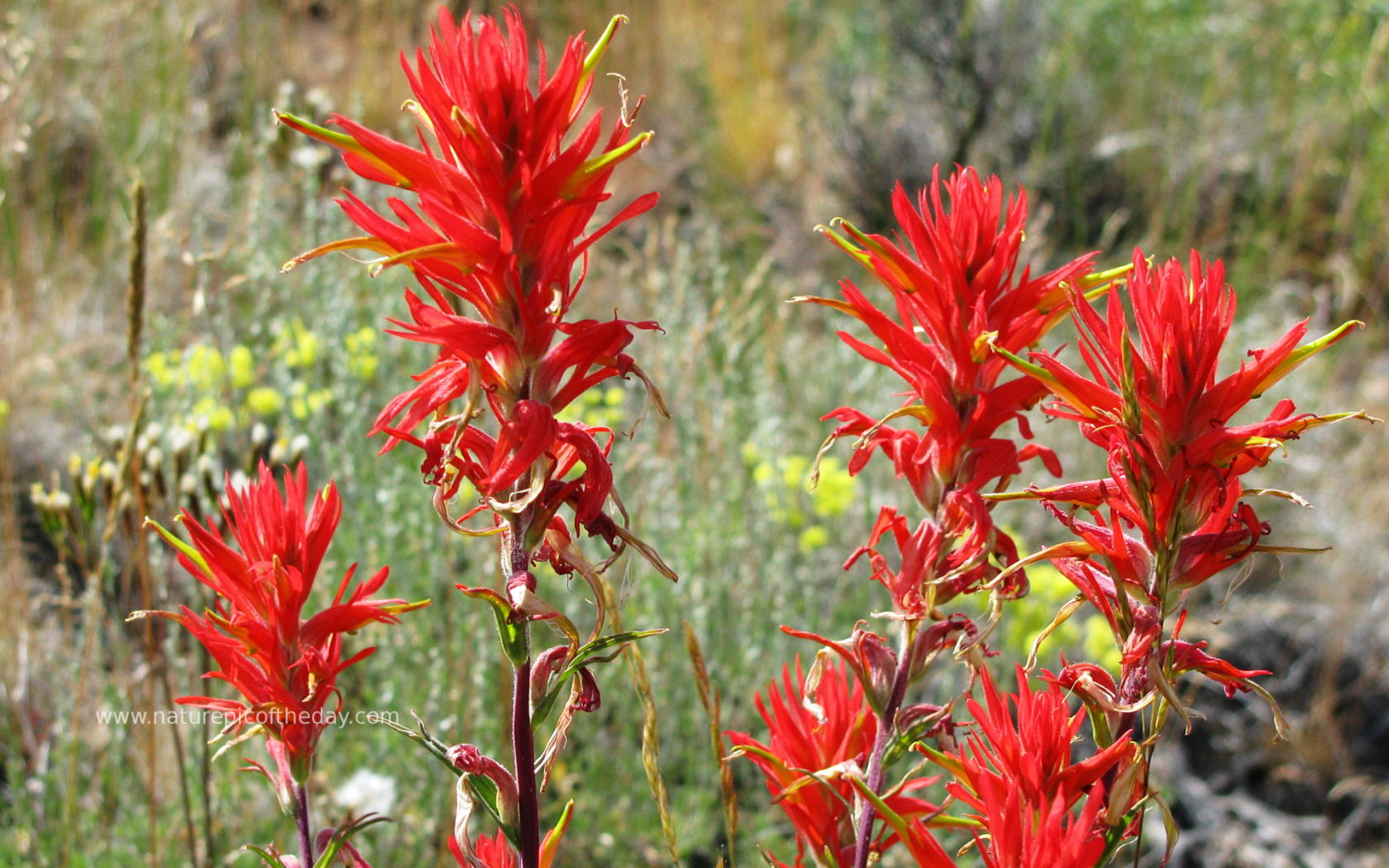

OTHER INTERESTING FLOWERS
PASSIFLORA KNOWN AS THE PASSION FLOWER
The Passion Flower is also known as the Clock Flower because of the dark
clock like "hands" in the center of the flower. There are about 500
different species of the Passiflora, with most of them having a
unique structure.
The Passion Flower is rather difficult to pollinate and requires a rather
large bee to transfer the pollen. Some of the less unusual flowers of
the Passiflora family are easier to pollinate and this can be done by
smaller bees, hummingbirds, and even bats. Some species of the Passion
Flower are even self-pollenating.
Species of the Passiflora is found all over the world, except Antarctica.
Though not originally native to Europe, species of the Passiflora can
now be found growing wild there.
One species of the Passiflora, the Passiflora Edulis, is actually the
flowering Passion Fruit.
Some species of Passiflora is cold tolerant whose roots can withstand
temperatures as low as -4° F (-20° C).









THE DIFFERENT SPECIES OF THE ORCHIDACEAE FAMILY




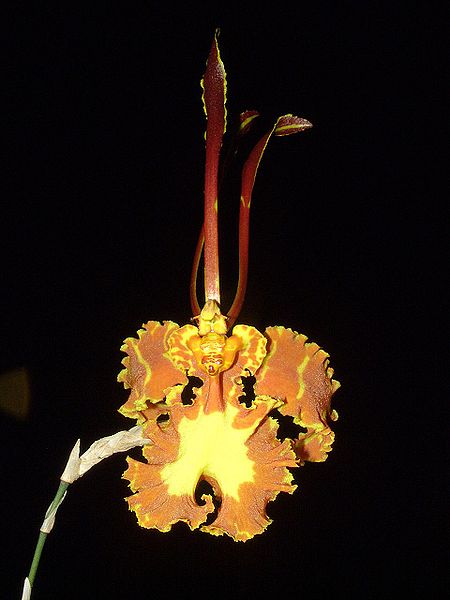


GENUS: DENDROBIUM, FAMILY ORCHIDACEAE
The Dendrobium is a genus of the orchid with over 1200 species. This
particular species are found either growing on trees or growing over
rocks. Some species of the Dendrobium are only tropical, while others
are cold tolerant and can be found in the Himalayan Mountains. Some of
the Dendrobium species are highly coveted, and there are many hybrids
of the Dendrobium.


GENUS: MIMOSA, FAMILY: FABACAE
The Mimosa is native to South and Central America, but is found in many
other places in the world. The Mimosa has many nicknames like the
Touch-Me-Not, the Tickle Me Plant, and the Sensitive Plant (Pudica
means shy). When the leaves of this flower are touched, they fold
inward and droop, only to return back to its untouched state within
minutes. The Mimosa leaves also fold inward in the evenings and reopen
at daybreak.


GENUS: STAPELIA, FAMILY: APOCYNACEAE
The Aasblume is a member of the Apocynaceae family which can grow to 16
inches in diameter. Members of the Apocynaceae family are also called
Carrion Flowers because of their scent. They smell like rotting meat
to attract blow flies for pollination.

The Huernia Flower is also a member of the Apocynaceae family and share
the same scent characteristics. The Huernia Flower is typically
vividly striped and has a funnel shape. The Apocynaceae flowers are
native to Africa, where carrion is common.


Genus:Plumeria, Family:Apocynaceae
GENUS: PLUMERIA, FAMILY: APOCYNACEAE
Plumeria, also called the Frangipani, is native to the tropical and
sub-tropical areas of the Americas, but they have spread to many
regions of the world. They are so common in Hawaii, that some think
the Plumeria originated there. Related to the Oleander, the Plumeria
excretes a poisonous sap.
There are distinct differences to the various species of the Plumeria,
with these differences reflected in habitat, color and shape.
Plumeria are most fragrant at night, and do not produce nectar. Because
of the fragrant smell, moths are tricked into searching the flowers
for nectar, and fly from flower to flower in their futile search, thus
pollinating the Plumeria.


GENSUS: HELLEBORUS, FAMILY: RANUNCULACEAE
Commonly called the Lenton Rose or Christmas Rose, these flowers are not a
member of the Rose family. It got the name Christmas Rose because
these flowers are extremely hardy, and some species bloom in winter.
There is also an old legend that the Hellebore sprouted in the snow
from the tears of a young girl who had no gift to give the Christ
child in Bethlehem.
Some species of the Hellebores flowers are green, like the Corsican
Hellebore shown here. Many Hellebore Flowers are extremely toxic and
were used in ancient times to ward off evil. Some historians believe
Alexander the Great died form a Hellebore overdose.
The Hellebore is native to Europe and can be found in concentration in
the Balkans.


GENUS: LITHOPS, FAMILY: AIZOACEAE
The Lithops are given the nickname living stones or pebble plants because
of how they seem to flower out of stones. Native to southern Africa,
the name Lithops is Greek for Stone-like. These flowers do not have
the typical green stem with green leaves, but seem to spring right out
of stone. These plants have either yellow or white flowers, and the
leaves are a mottled grey or brown. This camouflages the young flower
and protects them from being eaten. There are many different species
of the Lithops flower, and the variety depends on the type of rock in
the area. The Lithops need well drained soil with very little rainfall
to thrive, and some species can survive on only dew




Hi Everyone. Since we were looking at different flower gardens
yesterday, lets check out some different species of flowers. I
hope you enjoy this page.
~Marsha~

UNITED STATES STATE FLOWERS
CAMELLIA
STATE FLOWER FOR ALABAMA
SHRUB ~ HEIGHT 3 TO 15 FEET ~ SPREADS 10 TO 15 FEET ~ ZONES 7, 8 & 9 ~
FULL SUN TO PART SHADE LIGHT ~ MEDIUM MOISTURE ~ MODERATE MAINTENANCE
 <>
<>

OAK-LEAF HYDRANGEA
STATE WILDFLOWER FOR ALABAMA
SHRUB ~ HEIGHT 3 TO 10 FEET ~ SPREADS 6 TO 10 FEET ~
ZONES 5, 6, 7, 8 & 9 ~ GROWTH PACE IS MODERATE ~ FULL SUN TO PART SHADE
MEDIUM MOISTURE ~ LOW MAINTENANCE
<>

FORGET-ME-NOT
STATE FLOWER FOR ALASKA
PERENNIAL ~ HEIGHT 6 TO 12 INCHES ~ SPREAD 6 TO 12 INCHES ~
ZONES 5, 6, 7, 8, & 9 ~ FULL SUN ONLY ~ MEDIUM MOISTURE
 <>
<>

SAGUARO CACTUS BLOSSOM
STATE FLOWER FOR ARIZONA
 <>
<>

APPLE BLOSSOM
STATE FLOWER FOR ARKANSAS AND MICHIGAN
 <>
<>
CALIFORNIA POPPY
STATE FLOWER FOR CALIFORNIA
ANNUAL ~ HEIGHT 6 TO 12 INCHES ~ SPREADS 6 TO 12 INCHES ~ FAST GROWER ~
FULL SUN ONLY ~ DRY TO MEDIUM MOISTURE ~ LOW MAINTENANCE
 <>
<>

ROCKY MOUNTAIN COLUMBINE
STATE FLOWER FOR COLORADO
 <>
<>

MOUNTAIN LAUREL
STATE FLOWER FOR CONNECTICUT AND PENNSYLVANIA
SHRUB ~ HEIGHT 8 TO 20 FEET ~ SPREAD TO 12 FEET ~ ZONES 5, 6, 7, 8 & 9 ~
PART SUN
 <>
<>

PEACH BLOSSOM
STATE FLOWER FOR DELAWARE
 <>
<>
ORANGE BLOSSOM
STATE FLOWER FOR FLORIDA
 <>
<>

CHEROKEE ROSE
STATE FLOWER FOR GEORGIA
INVASIVE EVERGREN CLIMBING SHRUB ~ HEIGHT 16 TO 33 FEET ~
FLOWER STEM VERY BRISTLY
 <>
<>

AZALEA
STATE WILDFLOWER FOR GEORGIA
SHRUB ~ HEIGHT 8 TO 20 FEET ~ SPREAD TO 25 FEET ~ PART SUN, SHADE ~
ZONES 3, 4, 5, 6, 7, 8, & 9
 <>
<>

HAWAIIAN HIBISCUS
STATE FLOWER FOR HAWAII
 <>
<>

SYRINGA MOCK ORANGE
STATE FLOWER FOR IDAHO
DEDICUOUS SHRUB ~ FULL TO PARTIAL SUN ~ DROUGHT TOLERANT
 <>
<>

VIOLET
STATE FLOWER FOR ILLINOIS, NEW JERSEY, RHODE ISLAND AND WISCONSIN
PERENNIAL ~ HEIGHT UNDER 6 INCHES ~ WIDTH ABOUT 6 INCHES ~ PART SUN ~
ZONES 2, 3, 4, 5, 6, 7, 8, 9,10 & 11
 <>
<>

PEONY
STATE FLOWER FOR INDIANA
PERENNIAL ~ HEIGHT 1 TO 3 FEET ~ WIDTH 2 TO 3 1/2 FEET ~ PART SUN ~
ZONES 3, 4, 5, 6, 7, & 8
 <>
<>
WILD PRAIRIE ROSE
STATE FLOWER FOR IOWA AND NORTH DAKOTA
 <>
<>

SUNFLOWER
STATE FLOWER FOR KANSAS
ANNUALS ~ HEIGHT 10 TO 15 FEET ~ SPREAD 1 TO 3 FEET ~ FULL SUN ONLY ~
MEDIUM MOISTURE ~ MODERATE MAINTENANCE
<>

GOLDENROD
STATE FLOWER FOR KENTUCKY AND NEBRASKA,
STATE WILDFLOWER FOR SOUTH CAROLINA
PERENNIAL ~ HEIGHT UNDER 6 INCHES TO 8 FEET ~ WIDTH 6 INCHES TO 3 FEET ~
ZONES 4, 5, 7, 8 & 9 ~ PART SUN & SHADE
 <>
<>

MAGNOLIA
STATE FLOWER FOR LOUISIANA AND MISSISSIPPI
TREE ~ HEIGHT 8 TO 20 FEET ~ WIDTH TO 50 FEET ~ SUN ~
ZONES 5, 6, 7, 8, & 9
 <>
<>

LOUISIANA IRIS
STATE WILDFLOWER FOR LOUISIANA
 <>
<>

WHITE PINECONE AND TASSEL
STATE FLOWER FOR MAINE
 <>
<>

BLACK-EYED SUSAN
STATE FLOWER FOR MARYLAND
ANNUAL ~ HEIGHT 12 TO 39 INCHES ~ WIDTH 12 TO 18 INCHES


MAYFLOWER
STATE FLOWER FOR MASSACHUSETTS
 <>
<>

DWARF LAKE IRIS
STATE WILDFLOWER FOR MICHIGAN
 <>
<>
PINK AND WHITE LADY'S SLIPPER
STATE FLOWER FOR MINNESOTA
 <>
<>

TICKLEWEED
STATE WILDFLOWER FOR MISSISSIPPI
 <>
<>

HAWTHORN
STATE FLOWER FOR MISSOURI
SHRUB
 <>
<>

BITTERROOT
STATE FLOWER FOR MONTANA
SMALL LOW PLANT


SAGEBRUSH
STATE FLOWER FOR NEVADA
SHRUB
 <>
<>

PURPLE LILAC
STATE FLOWER FOR NEW HAMPSHIRE
DECIDUOUS SHRUB ~ CAN SURVIVE SEVERELY COLD WINTERS
 <>
<>

YUCCA FLOWER
STATE FLOWER FOR NEW MEXICO
PERENNIAL ~ HEIGHT 1 TO 3 FEET ~ WIDTH 4 TO 6 FEET ~ SUN ~
ZONES 4, 5, 6, 7, 8, 9, 10 & 11
 <>
<>

ROSE
STATE FLOWER FOR NEW YORK
SHRUB
 <>
<>

FLOWERING DOGWOOD
STATE FLOWER FOR NORTH CAROLINA
TREE ~ HEIGHT 15 TO 30 FEET ~ SPREAD 15 TO 30 FEET ~ MEDIUM MOISTURE ~
FULL SUN OR PART SHADE ~ ZONES 5, 6, 7, & 8 ~ MODERATE MAINTENANCE
 <>
<>

SCARLET CARNATION
STATE FLOWER FOR OHIO
PERENNIAL
 <>
<>

LARGE WHITE TRILLIUM
STATE WILDFLOWER FOR OHIO
PERENNIAL ~ HEIGHT 6 TO 12 INCHES
 <>
<>

MISTLETOE
STATE FLORAL EMBLEM FOR OKLAHOMA
 <>
<>

INDIAN BLANKET
STATE WILDFLOWER FOR OKLAHOMA
PERENNIAL ~ HEIGHT 1 TO 3 FEET ~ WIDTH 6 INCHES TO 2 FEET ~ SUN
ZONES 3, 4, 5, 6, 7, 8, 9, 10, 11
 <>
<>

OREGON GRAPE
STATE FLOWER FOR OREGON
EVERGREEN SHRUB ~ HEIGHT TO 8 FEET
 <>
<>

PENNGIFT CROWN VETCH
STATE WILDFLOWER FOR PENNSYLVANIA
PERENNIAL ~ GROUND COVER
 <>
<>

YELLOW JESSAMINE
STATE FLOWER FOR SOUTH CAROLINA
FLOWERING VINE ~ WARM CLIMATE
 <>
<>

PASQUE FLOWER
STATE FLOWER FOR SOUTH DAKOTA
PERENNIAL ~ HEIGHT LESS THAN 6 INCHES ~ SPREAD 6 TO 12 INCHES ~
ZONES 5, 6, & 7 ~ MODERATE GROWER ~ MODERATE MOISTURE ~ FULL SUN
 <>
<>
IRIS
STATE FLOWER FOR TENNESSEE
PERENNIAL ~ HEIGHT 6 INCHES TO 3 FEET ~ WIDTH 6 INCHES TO 2 FEET ~
ZONES 3, 4, 5, 6, 7, 8, & 9 ~ SUN
 <>
<>

PURPLE PASSIONFLOWER
STATE WILDFLOWER FOR TENNESSEE
FAST GROWING PERENNIAL VINE
 <>
<>
BLUEBONNET SP
STATE FLOWER FOR TEXAS
 <>
<>
SEGO LILY
STATE FLOWER FOR UTAH
 <>
<>

RED CLOVER
STATE FLOWER FOR VERMONT
PERENNIAL ~ GROUND COVER
 <>
<>

AMERICAN DOGWOOD
STATE FLOWER FOR VIRGINIA
FLOWERING TREE
 <>
<>

COAST RHODODENDRON
STATE FLOWER FOR WASHINGTON
EVERGREEN SHRUB
 <>
<>

RHODODENDRON
STATE FLOWER FOR WEST VIRGINIA
SHRUB ~ HEIGHT 8 TO 20 FEET ~ WIDTH TO 25 FEET ~ PART SUN
ZONES 3, 4, 5, 6, 7, 8, & 9
 <>
<>

INDIAN PAINTBRUSH
STATE FLOWER FOR WYOMING
PERENNIAL ~ HEIGHT UNDER 6 INCHES ~ WIDTH TO 1 FOOT ~ PART SUN
ZONES 4, 5, 6, & 7
<>


OTHER INTERESTING FLOWERS
PASSIFLORA KNOWN AS THE PASSION FLOWER
The Passion Flower is also known as the Clock Flower because of the dark
clock like "hands" in the center of the flower. There are about 500
different species of the Passiflora, with most of them having a
unique structure.
The Passion Flower is rather difficult to pollinate and requires a rather
large bee to transfer the pollen. Some of the less unusual flowers of
the Passiflora family are easier to pollinate and this can be done by
smaller bees, hummingbirds, and even bats. Some species of the Passion
Flower are even self-pollenating.
Species of the Passiflora is found all over the world, except Antarctica.
Though not originally native to Europe, species of the Passiflora can
now be found growing wild there.
One species of the Passiflora, the Passiflora Edulis, is actually the
flowering Passion Fruit.
Some species of Passiflora is cold tolerant whose roots can withstand
temperatures as low as -4° F (-20° C).







THE DIFFERENT SPECIES OF THE ORCHIDACEAE FAMILY







GENUS: DENDROBIUM, FAMILY ORCHIDACEAE
The Dendrobium is a genus of the orchid with over 1200 species. This
particular species are found either growing on trees or growing over
rocks. Some species of the Dendrobium are only tropical, while others
are cold tolerant and can be found in the Himalayan Mountains. Some of
the Dendrobium species are highly coveted, and there are many hybrids
of the Dendrobium.


GENUS: MIMOSA, FAMILY: FABACAE
The Mimosa is native to South and Central America, but is found in many
other places in the world. The Mimosa has many nicknames like the
Touch-Me-Not, the Tickle Me Plant, and the Sensitive Plant (Pudica
means shy). When the leaves of this flower are touched, they fold
inward and droop, only to return back to its untouched state within
minutes. The Mimosa leaves also fold inward in the evenings and reopen
at daybreak.


GENUS: STAPELIA, FAMILY: APOCYNACEAE
The Aasblume is a member of the Apocynaceae family which can grow to 16
inches in diameter. Members of the Apocynaceae family are also called
Carrion Flowers because of their scent. They smell like rotting meat
to attract blow flies for pollination.

The Huernia Flower is also a member of the Apocynaceae family and share
the same scent characteristics. The Huernia Flower is typically
vividly striped and has a funnel shape. The Apocynaceae flowers are
native to Africa, where carrion is common.

Genus:Plumeria, Family:Apocynaceae GENUS: PLUMERIA, FAMILY: APOCYNACEAE
Plumeria, also called the Frangipani, is native to the tropical and
sub-tropical areas of the Americas, but they have spread to many
regions of the world. They are so common in Hawaii, that some think
the Plumeria originated there. Related to the Oleander, the Plumeria
excretes a poisonous sap.
There are distinct differences to the various species of the Plumeria,
with these differences reflected in habitat, color and shape.
Plumeria are most fragrant at night, and do not produce nectar. Because
of the fragrant smell, moths are tricked into searching the flowers
for nectar, and fly from flower to flower in their futile search, thus
pollinating the Plumeria.


GENSUS: HELLEBORUS, FAMILY: RANUNCULACEAE
Commonly called the Lenton Rose or Christmas Rose, these flowers are not a
member of the Rose family. It got the name Christmas Rose because
these flowers are extremely hardy, and some species bloom in winter.
There is also an old legend that the Hellebore sprouted in the snow
from the tears of a young girl who had no gift to give the Christ
child in Bethlehem.
Some species of the Hellebores flowers are green, like the Corsican
Hellebore shown here. Many Hellebore Flowers are extremely toxic and
were used in ancient times to ward off evil. Some historians believe
Alexander the Great died form a Hellebore overdose.
The Hellebore is native to Europe and can be found in concentration in
the Balkans.


GENUS: LITHOPS, FAMILY: AIZOACEAE
The Lithops are given the nickname living stones or pebble plants because
of how they seem to flower out of stones. Native to southern Africa,
the name Lithops is Greek for Stone-like. These flowers do not have
the typical green stem with green leaves, but seem to spring right out
of stone. These plants have either yellow or white flowers, and the
leaves are a mottled grey or brown. This camouflages the young flower
and protects them from being eaten. There are many different species
of the Lithops flower, and the variety depends on the type of rock in
the area. The Lithops need well drained soil with very little rainfall
to thrive, and some species can survive on only dew



Information from Wikipedia and http://www.squidoo.com/unusualflowers
This is a MelloMarsha creation
I do not take credit for the pictures
Thanks to the respective photographers
3-19-14
BACK TO THE ONLINE VACATION INDEX
http://www.squidoo.com/unusualflowers